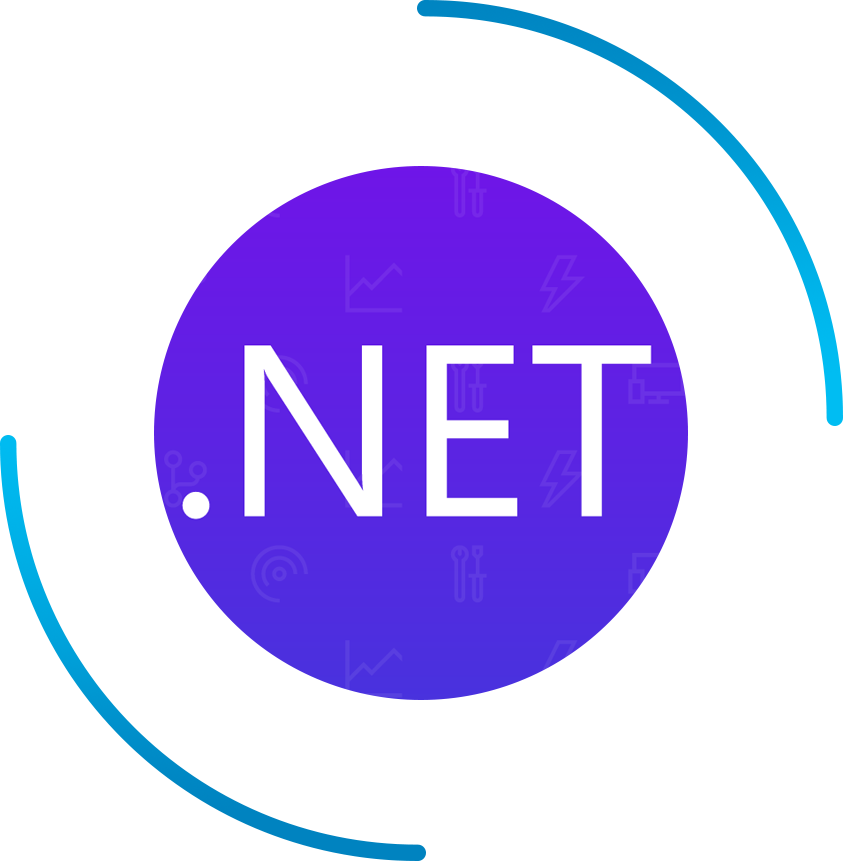
We go over all the prerequisites needed to acquire a fantastic job, from the ground up.
Providing complete assistance with the preparation to crack the interviews
We are assisting in finding better and more relevant job openings.
Through guidance ensures the students gain the best out of the course.
Master Track-8 at GQT is a focused 6-months program designed to make you industry-ready in Dot Net Full Stack Development. You’ll master C#, ASP.NET, MVC, SQL Server, HTML, CSS, JavaScript, and more, with hands-on projects, expert guidance, and 100% placement support. Ideal for freshers and professionals aiming to build dynamic web applications and secure high-demand roles in .NET development.
Raghu is a B. E. in Computer Science and Engineering and has teaching experience of over 4.5 years. His expertise comprises Full Stack Java Development, Cyber security, A.W.S., Networking, Python Development and many more. He also possesses various certifications, including JAVA HackerRank, Oracle Certificatified Java Professional-8, Network Security Professional, and Azure - Az900.
With a year-long experience in I.T. and two years of experience training candidates for JAVA and related frameworks, HTML5, CSS3, Bootstrap, Javascript, MySQL, Manohar Yadav N is a B.E.B.E. (E.C.E.). He is highly passionate and devoted to Teaching and has trained up to 1600+ students.
Understand C#, ASP.NET, and other .NET technologies.
Build real applications to practice your skills.
Get guidance from experienced instructors.
Develop skills needed for a career in software development.

The .NET course teaches Microsoft .NET technologies like C#, ASP.NET, MVC, and Web API for building web and desktop applications.
Ideal for beginners, software developers, and IT professionals looking to master .NET technologies.
Yes, the course includes practical coding sessions and project work.
Yes, GQT provides a course completion certificate.
Yes, placement support including resume building and interview preparation
EXCELLENTTrustindex verifies that the original source of the review is Google. I had a really good learning experience at Global Quest Technologies. The Core Java and MySQL training was very practical and easy to follow. The trainers, especially Raghu Sir, were supportive and explained everything clearly. I feel much more confident.Posted onTrustindex verifies that the original source of the review is Google. I recently completed the MySQL training at Global Quest Technologies under the guidance of Raghu Sir, and it was an excellent learning experience. The course was very well-structured, starting from fundamentals and gradually moving into advanced topics.He explained every concept with great clarity and real-time examples, which made it easy to understand even the complex parts of SQL. I am very thankful to Raghu Sir and Global Quest Technologies for their excellent training and support. I would definitely recommend this institute to anyone who wants to build strong MySQL skills. And also I have currently completed core java from global quest technologies as java full stack intern under the mentoring of Raghu sir.The classes are absolutely worth and he has coverd all the important core concepts in java.I would recommend the classes to all.Such a good class.Posted onTrustindex verifies that the original source of the review is Google. It is a great Experience to coming here and learning the technology currently i have completed Core Java by Raghu sir, all the concepts is clear.. thank you so much GQTPosted onTrustindex verifies that the original source of the review is Google. Global quest technologies is providing the best trainer now i have completed my corejava classesPosted onTrustindex verifies that the original source of the review is Google. I had privilege of learning MySQL under the guidance of Raghu sir, and it has been excellent experience. Raghu sir is not only an expert in SQL but also a great mentor, His classes are well paced, engaging, and perfectly suited for both beginners and advanced learners.Posted onTrustindex verifies that the original source of the review is Google. Trained by professional corporate trainer Raghu sir. Gained practical experience in Java and MYSQL.Posted onTrustindex verifies that the original source of the review is Google. I am so thankful to GQT (Global Quest Technologies) for providing excellence knowledge and giving practical experience through out the training . Thank you to GQTPosted onTrustindex verifies that the original source of the review is Google. It is a great expreince to coming here and learning the technology currently i have completed SQL by Raghu sir, all the concet is cleare... thank you so much GQTPosted onTrustindex verifies that the original source of the review is Google. Raghu Sir’s SQL sessions were not just about queries and commands, but about truly understanding how databases think. His way of connecting real-life scenarios with SQL concepts made the subject come alive. What I liked most was his patience in clearing doubts and the way he built confidence in approaching complex problems step by step. It was more than a class – it was an experience that strengthened my foundation in SQL. Honestly i liked it. Thank You sir [Indra]Posted onTrustindex verifies that the original source of the review is Google. It was an good experience being in this soft skill class where i can learn more things like how to communicate, manage the things . Where i learned how to perform in group discussion, interview and built my confident. It was an amazing class and i am very glad and thankful for being in sir class. The MYSQL class which gives a good experience on how to solve queries and learn from it , the topic which was covered like ddl , dml , dql, clause, function, transaction, er diagarm ,view ,stored procedure, triggers , variables .Verified by TrustindexTrustindex verified badge is the Universal Symbol of Trust. Only the greatest companies can get the verified badge who has a review score above 4.5, based on customer reviews over the past 12 months. Read more
WhatsApp us